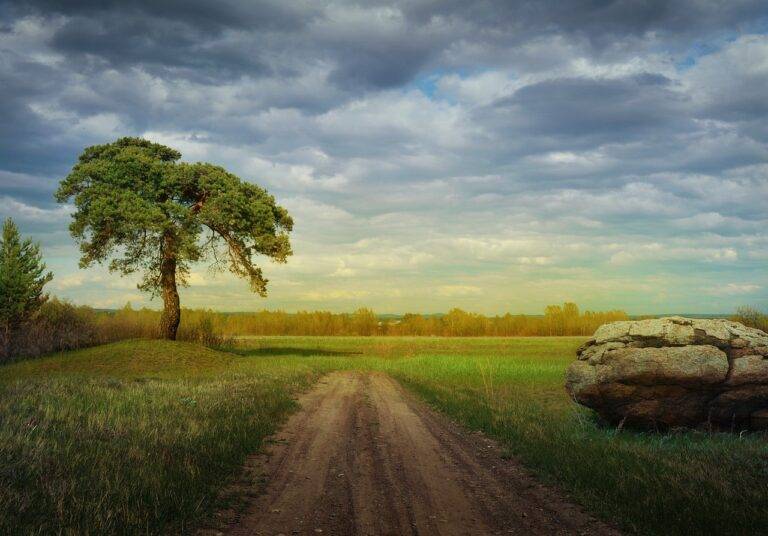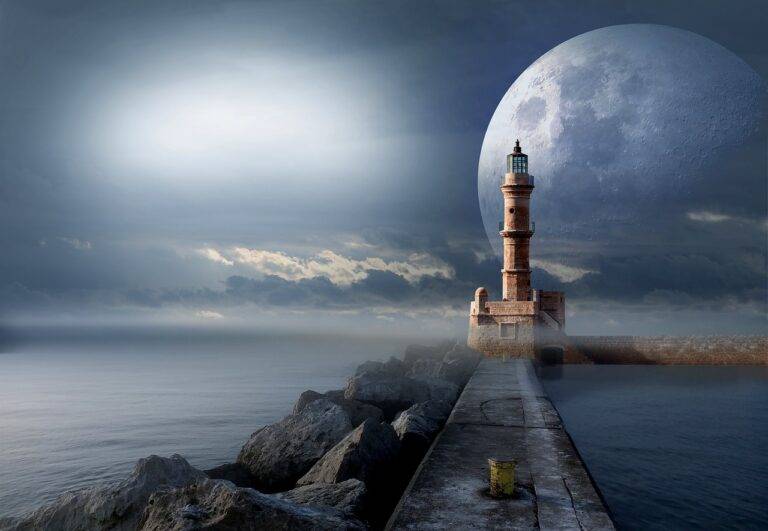Exploring Natural Phenomena: Witnessing Wonders of the Earth
The Northern Lights, also known as aurora borealis, are one of nature’s most captivating spectacles that dance across the night sky in regions near the magnetic poles. This stunning display is caused by collisions between charged particles from the sun’s atmosphere and gases in the Earth’s atmosphere. As these charged particles enter the Earth’s atmosphere, they interact with gases such as oxygen and nitrogen, creating the mesmerizing light show that we see.
The colors of the Northern Lights depend on the type of gas particles that are colliding. Oxygen generates green and red lights, while nitrogen produces blue and purple hues. The intensity and variety of colors in the auroras are influenced by factors such as the altitude where the collisions occur and the specific gas particles involved. Witnessing the Northern Lights in person is truly a remarkable experience that highlights the beauty and wonder of our natural world.
The process behind the formation of volcanoes and their impact on the Earth
Volcanoes are created through a complex process that begins deep within the Earth’s mantle. The intense heat and pressure cause magma to form and rise towards the surface. As the magma moves upward, it can create cracks in the Earth’s crust, eventually erupting through these openings in explosive displays of lava, ash, and gases.
The impact of volcanoes on the Earth is profound and wide-ranging. Eruptions can result in the formation of new landmasses, such as islands or lava plateaus. At the same time, volcanic activity can also lead to devastating consequences, including the destruction of habitats, loss of life, and the alteration of global climate patterns. Despite these dangers, volcanoes play a crucial role in shaping the Earth’s surface and influencing geological processes.
Understanding the beauty and power of waterfalls around the world
Waterfalls captivate us with their sheer force and beauty. The rushing cascade of water plunging over the edge creates a mesmerizing sight that leaves us in awe. Each waterfall, from the towering heights of Angel Falls to the majestic flow of Niagara Falls, holds a unique allure that showcases the power of nature.
The thundering roar of water crashing down, coupled with the misty spray that dances in the air, evokes a sense of wonder and peacefulness. Waterfalls have the ability to transport us to a realm where time slows down, allowing us to appreciate the raw force and elegance of these natural wonders. Whether nestled in a lush rainforest or carved into rugged cliffs, waterfalls stand as a testament to the earth’s ever-changing landscape.
What makes waterfalls such a captivating natural phenomenon?
Waterfalls are stunning to behold due to the sheer power and force of the water cascading over the edge, as well as the mesmerizing beauty of the flowing water.
How are waterfalls formed?
Waterfalls are typically formed when a river or stream flows over a cliff or steep drop in the terrain, creating a dramatic cascade of water.
What are some famous waterfalls around the world?
Some famous waterfalls include Niagara Falls in North America, Victoria Falls in Africa, and Angel Falls in Venezuela.
What is the significance of waterfalls in various cultures?
Waterfalls are often seen as symbols of power, beauty, and spirituality in many cultures around the world. They are often associated with gods or spirits and are considered sacred places.
How do waterfalls contribute to the ecosystem?
Waterfalls play a crucial role in supporting aquatic life by providing oxygen-rich water and creating unique habitats for various species of fish and other organisms.
Are there any environmental concerns associated with waterfalls?
While waterfalls themselves are natural features, human activities such as deforestation and pollution can have negative impacts on the surrounding ecosystem and water quality of waterfalls.





